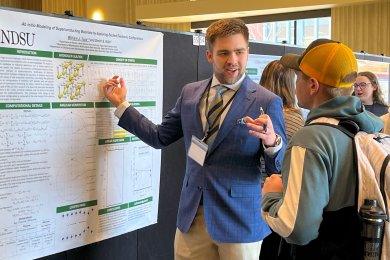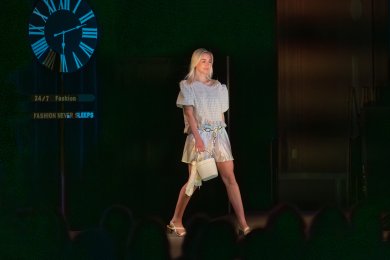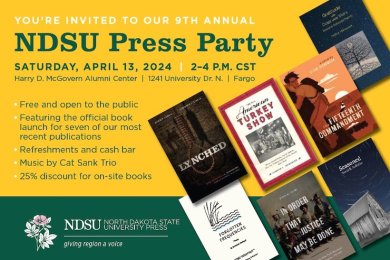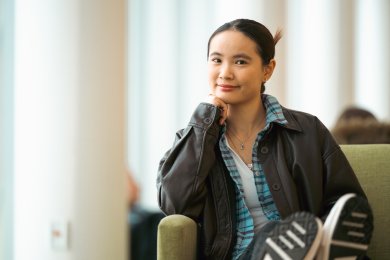Michael Laverdure, BS ’96, architecture, recently received one of the American Indian Science and Engineering Society’s biggest honors. He was presented with the Executive Excellence award at the society’s national convention in Orlando in November.
The longtime member of the society is a partner at Minnesota-based DSGW Architects. Laverdure shared the stage with recipients from NASA’s Glenn Research Center and Raytheon Corp. The Executive Excellence award is annually presented to an experienced upper-level manager or a well-established engineer, scientist, professional or member of academia who has significant organizational and budget responsibilities.
“It was quite an honor to be the ‘little guy’ on the stage, but we do a lot for Native communities,” Laverdure said.
One of DSGW’s specialties is Native American architecture. Laverdure is an enrolled member of the Turtle Mountain Band of Chippewa. His work with many tribes has resulted in master planning in entertainment and hospitality venues, cultural centers, museums and schools.
Laverdure approaches each project with an open mind, working with each tribe to incorporate beliefs and customs into the buildings he designs. For example, his firm incorporated movement and light in the Skydancer Casino and Hotel in Belcourt, North Dakota.
“We inject the cultural aspect into design, mostly by listening to the stories of the Tribes we work for,” he said.
Laverdure was an active student while at NDSU. He earned a presidential scholarship and was a member of the Native American Student Association. He was student director of the first Tri-College powwow, which was held at NDSU.
Laverdure was named the North Dakota intern architect of the year in 2003.
He’s working with the NDSU College of Arts, Humanities and Social Sciences and the Department of Architecture and Landscape Architecture to encourage Native Americans to become architects and engineers. He said there are few Native American registered architects in the U.S.
“We spend 90 percent of our day inside buildings,” Laverdure said. “Most buildings on reservations are designed by non-Natives. When a Native American becomes an architect, they can be an advocate for Native people while those buildings are being designed and built.”
As a student-focused, land-grant, research university, we serve our citizens.



